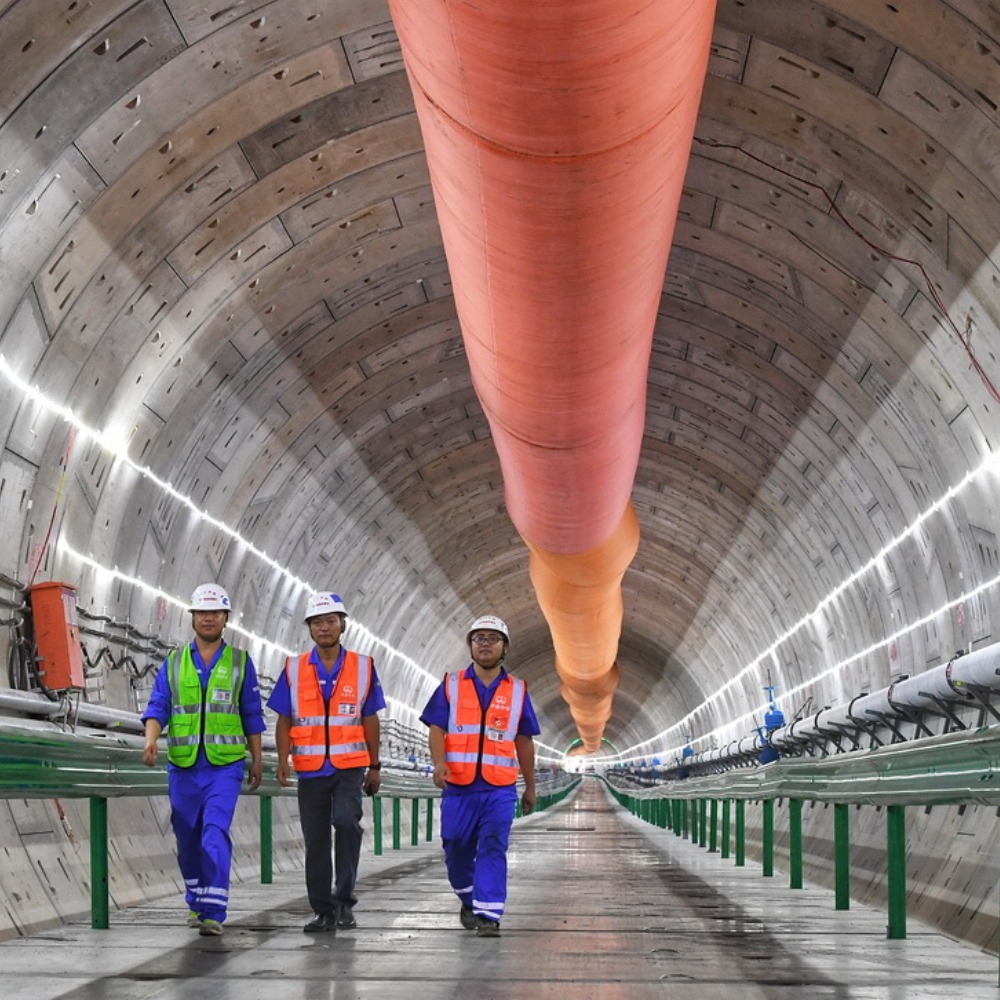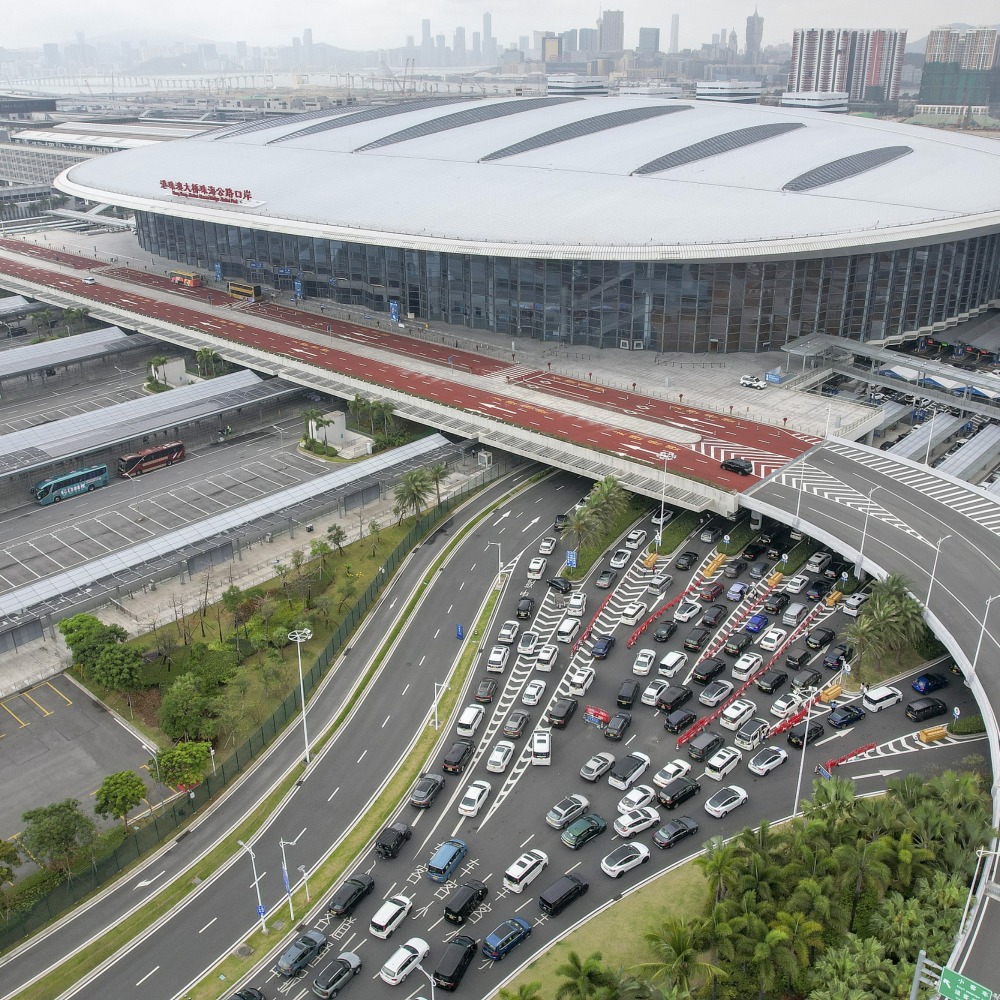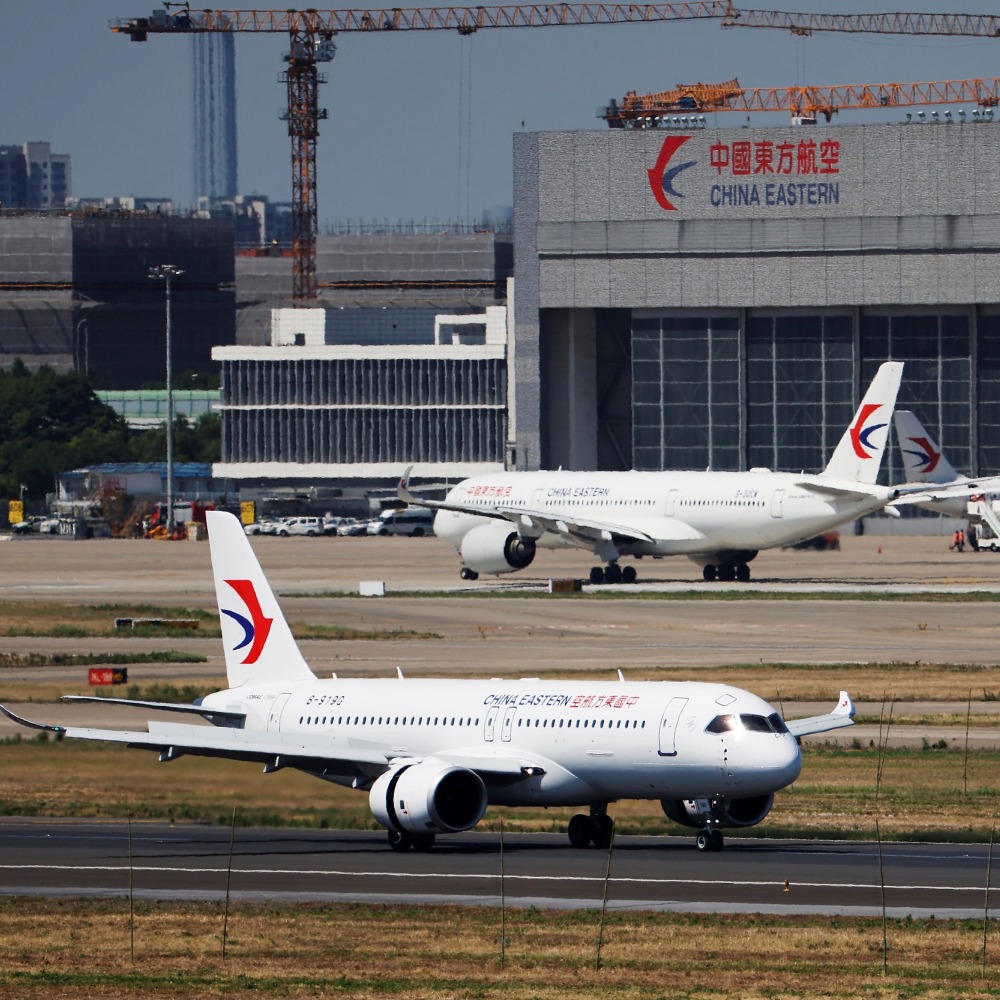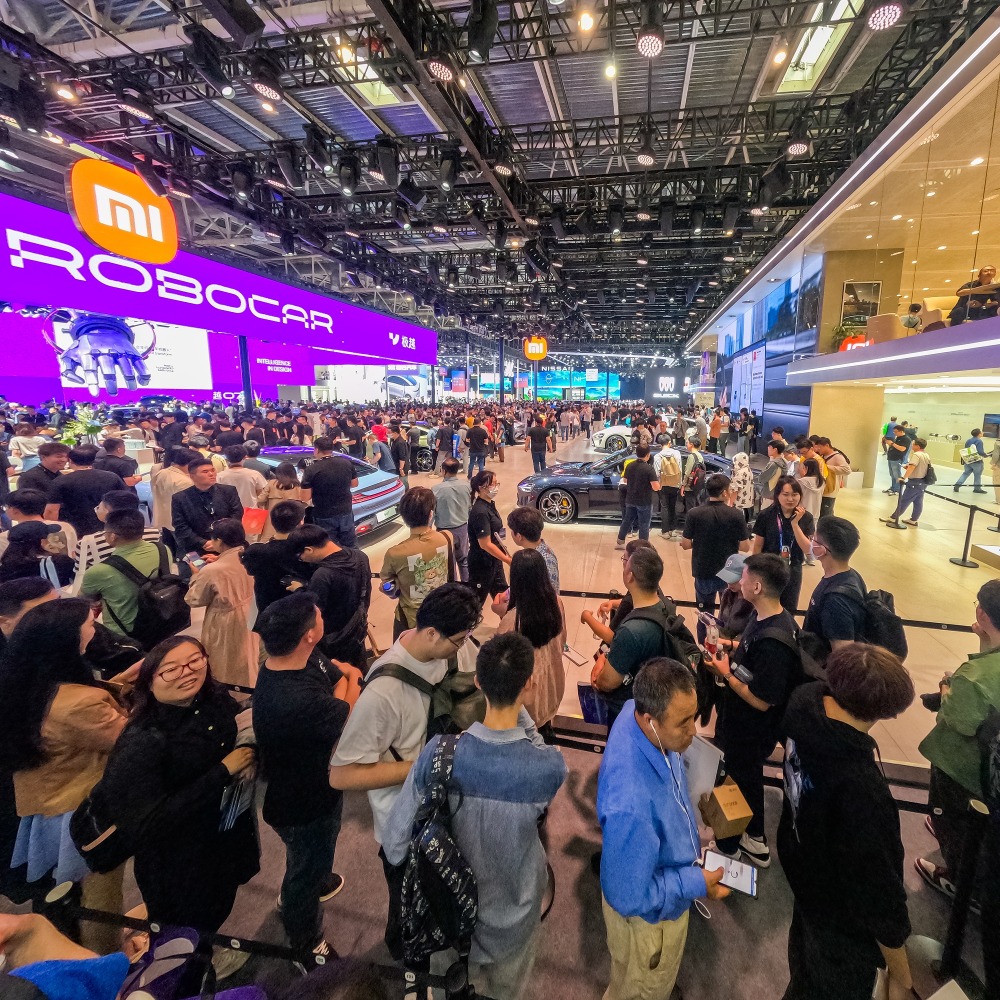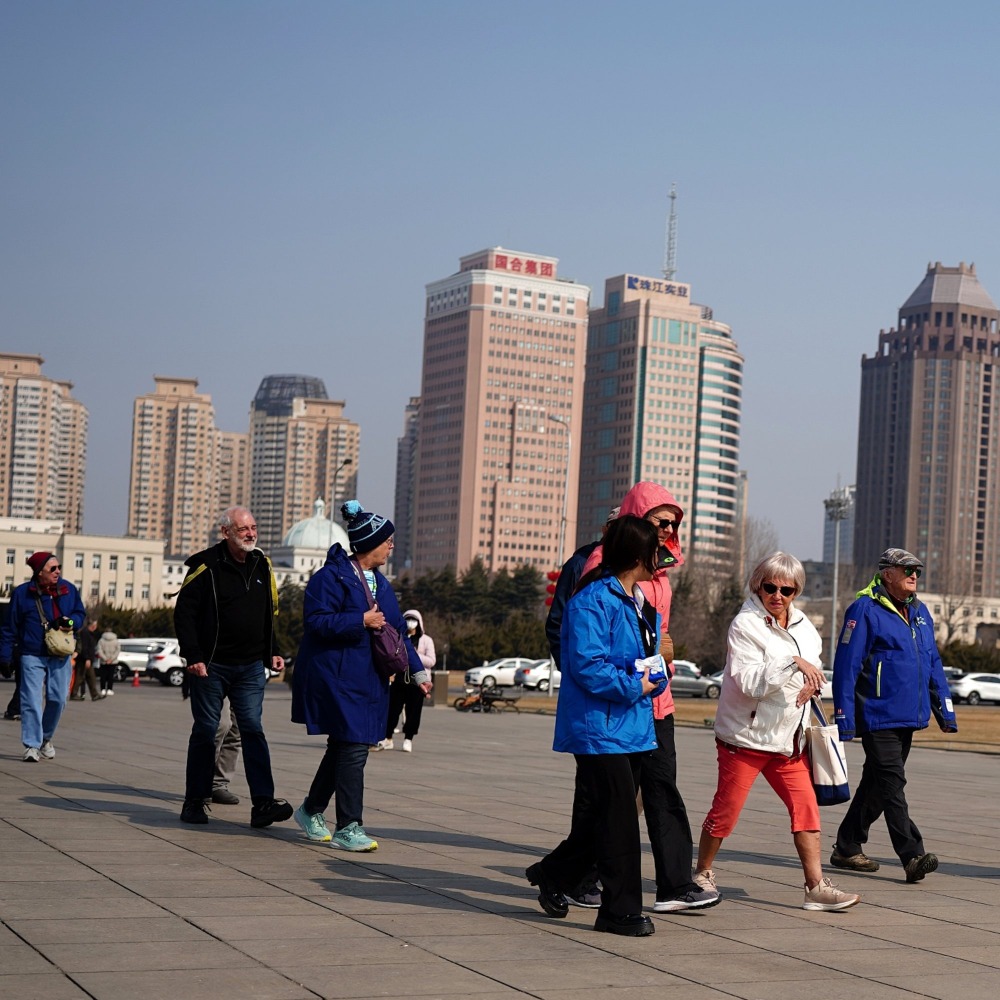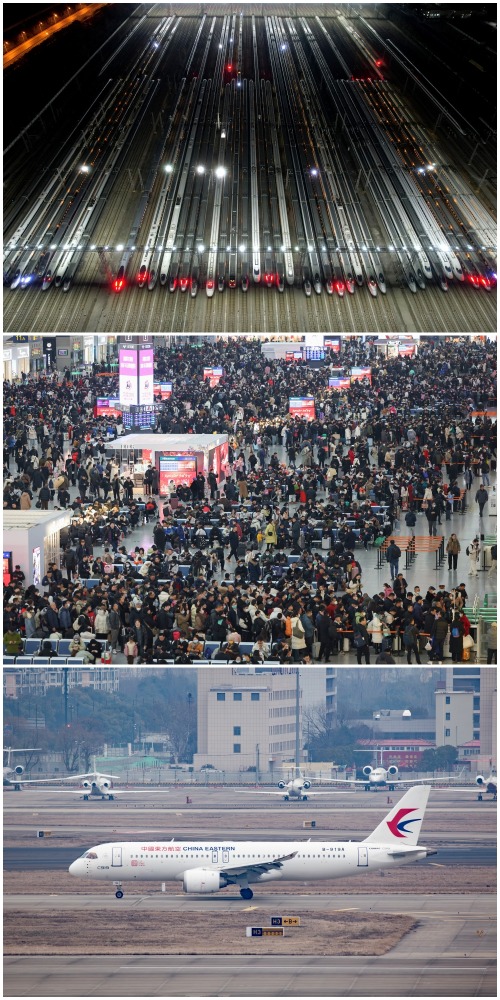Published : 2025-04-14
The Expo 2025 Osaka officially commenced, the China Pavilion emerging as one of the most prominent foreign-built structures. Its distinctive architectural design has become a focal point for numerous visitors to the exhibition.
Meanwhile, what's China Pavilion's most valuable exhibit? Let's explore together!
China Pavilion inspired by traditional bamboo slips
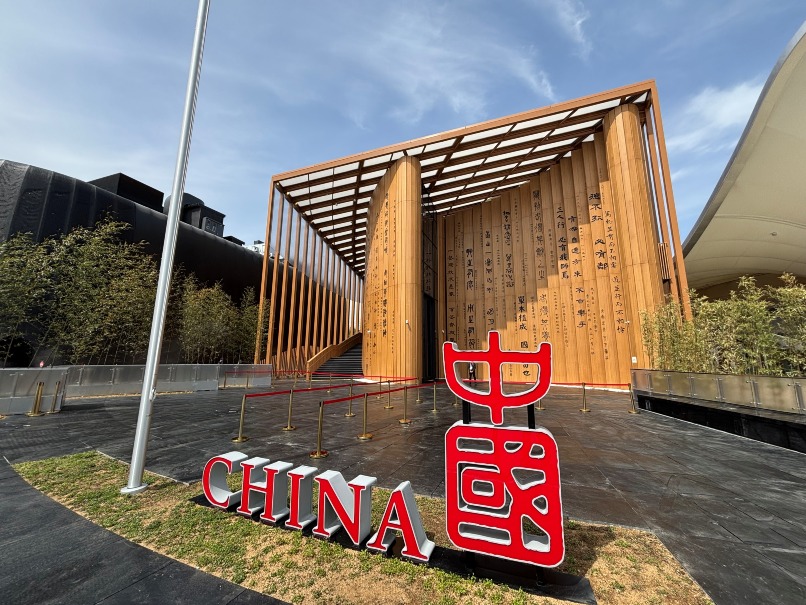
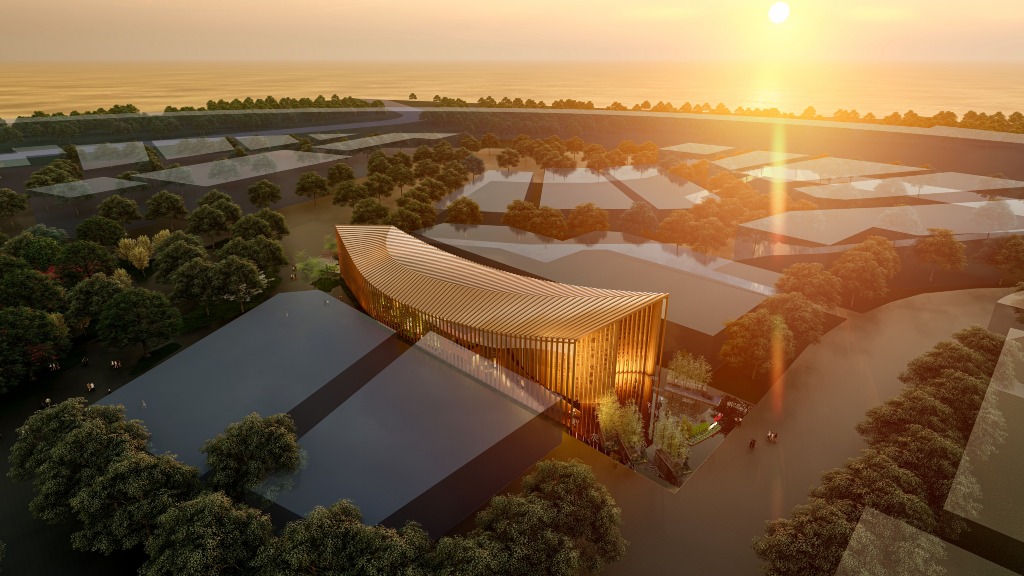
The China Pavilion is located in plot A7 of the international exhibition area at the Osaka Expo. Covering an area of about 3,500 square metres, it is one of the largest foreign pavilions at the Osaka Expo.
The main theme of the China Pavilion is "Building a Community of Life for Man and Nature — Future Society of Green Development."
It aims to demonstrate China's cooperative spirit with countries around the world, striving together to build a community with a shared future for mankind, and to create a beautiful and clean world for future generations.
In terms of design, the China Pavilion itself is an exquisite exhibit, featuring a bamboo-yellow building that resembles a traditional Chinese scroll.
The exterior design concept, called "Chinese Scroll," draws inspiration from traditional bamboo slips, an important medium for cultural transmission in China's history.
This ingenious scheme artfully incorporates significant symbols such as bamboo, Chinese calligraphy, and traditional scroll bindings, creating an instantly recognisable visual narrative rich in Chinese cultural identity.
The China Pavilion features many characteristics, including an exquisite double-curved roof, a bamboo texture facade that exudes warmth and beauty, and 119 famous Chinese poems inscribed in five different calligraphy styles: Seal, Clerical, Regular, Cursive, and Running.
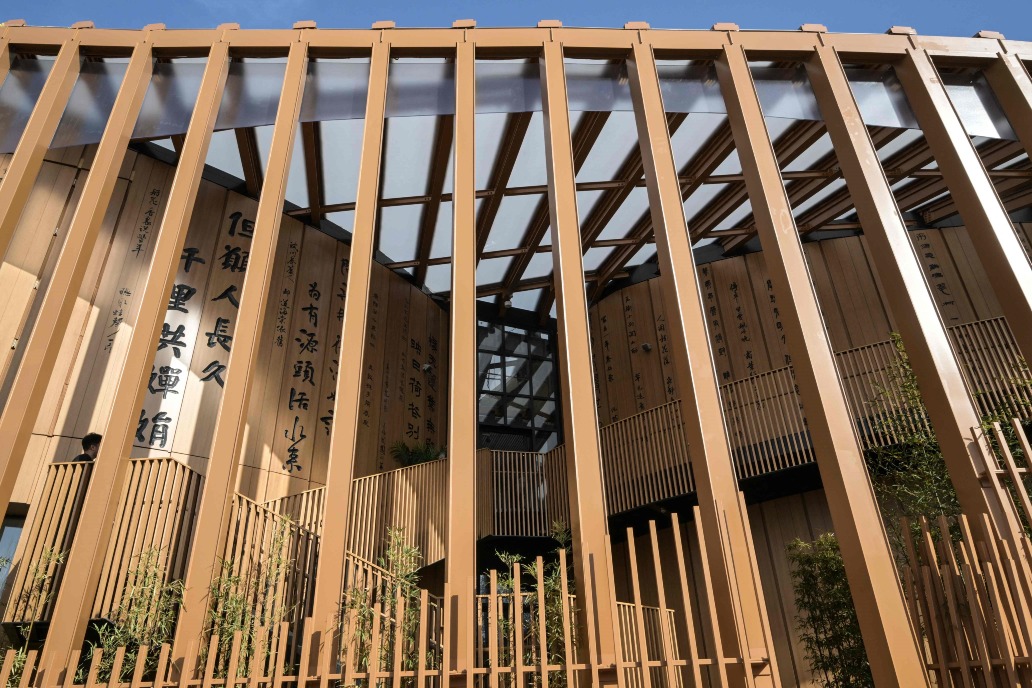
Additionally, the pavilion features a prominent "China" sign written in ancient seal script outside; while inside, the extended scroll continues, with an open and naturally lit foyer.
When visitors step into this magnificent "scroll," they will experience the green development concept of "harmony between man and nature" and the traditional Chinese aesthetic of "wandering in the painting."
China Pavilion's most precious exhibit: lunar soil
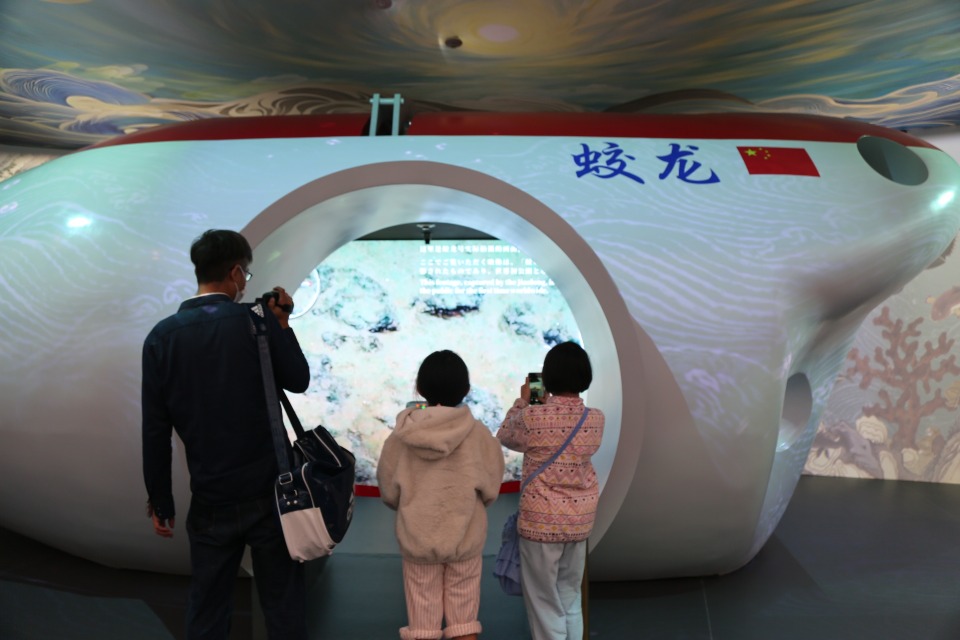
On the other hand, the exhibits in the China Pavilion are impressive as well.
The national pavilions at the World Expo serve as vital platforms for concentrated displays and multidimensional nation-branding.
China's pavilion maintains remarkable thematic coherence throughout its exhibits - from physical artefacts to thematic videos, from ecological case studies to future technologies.
It consistently explores humanity's harmonious coexistence with nature, presenting to global audiences the profound yet unpretentious Chinese ecological philosophy and its enduring pursuit of harmonious coexistence.
In addition, the China Pavilion emphasises the integration of tradition and modernity to create an experience that transcends time.
It utilises a large number of interactive installations, digital technologies, and AI techniques to bring the exhibits to life, making them dynamic and engaging, thereby bringing fun and joy to visitors.
It is particularly worth mentioning that the lunar soil is the most precious exhibit that the China Pavilion is presenting to this Expo and the global Expo audience.
In the "Endless Cycle" exhibition area, the lunar samples brought back by Chang'e-5 and Chang'e-6 are the world's first close-up comparative display of lunar soil samples from the front and back of the Moon, allowing global audiences to observe the unique structure and subtle differences between the two through lens devices.
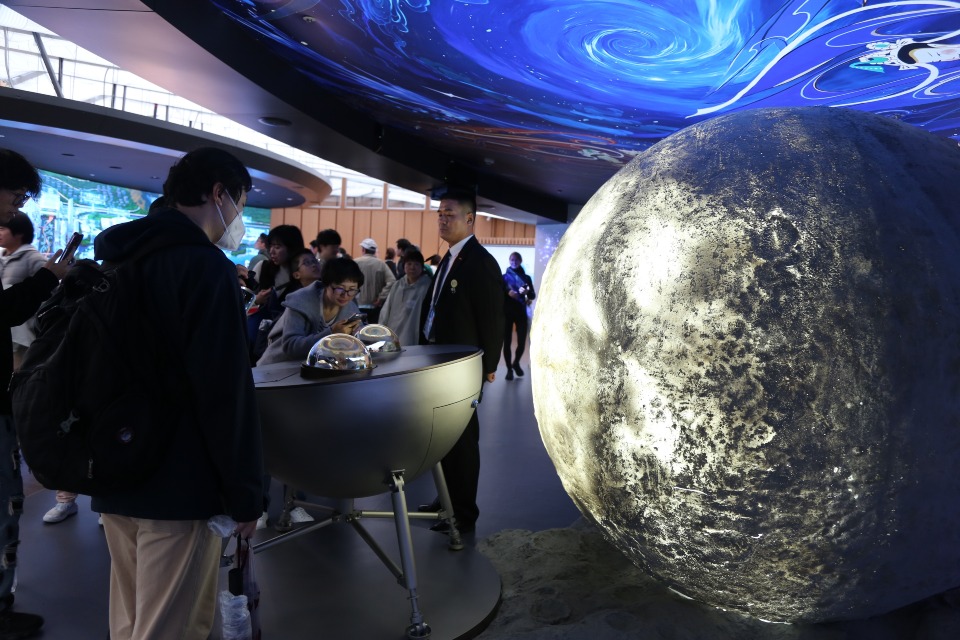
The Osaka Expo has participation from 158 countries and regions, including Japan, Mainland China, the United States, Taiwan, and seven international organisations.
The exhibition period lasts from April 13 to October 13, totalling 184 days. It is expected to attract about 28 million visitors, generating an economic benefit of nearly 3 trillion yen (approximately 162.1 billion HKD).
Read more: How does Shanghai World Expo present the achievements of China's Reform and Opening Up?







